The Greater Hazleton Chamber of Commerce, formerly known as the Hazleton Board of Trade and the Hazleton Chamber of Commerce, traces its roots to before the turn of the century.
The Hazleton Board of Trade was organized informally on May 2, 1892, and operated for several years in that form, until it was officially incorporated on April 2, 1899.
It was re-incorporated again in 1907. The purpose and aims of the organization were set down in part:
"Progressive business and professional men comprise the Hazleton Board of Trade. The organization is formed to promote the general welfare of our city, to aid and develop its commercial, industrial and business interests."
On August 9, 1915, the members of the Board of Trade unanimously agreed to change the name of the organization to the Hazleton Chamber of Commerce. The Hazleton Chamber of Commerce was incorporated on April 17, 1915. Formally, the functions of the new organization were:
"The Chamber of Commerce is a power for good in this community because of its numerical strength, the quality of its membership, its patriotic interest in the welfare of the community, and the energy it puts into efforts for civic and commercial advancement."
Primary on the minds of the Chamber's early leaders was the prosperity of the hard coal industry. The Chamber raised thousands of dollars to support an Anthracite Coal Exhibit at the World's Fair, and opposed just about every idea that seemed to pose even a minor threat to the sale of coal.
The Chamber's involvement in government affairs and industrial development date back to the beginning. Within months of its incorporation, the Chamber was taking a stand on the then controversial issue of "Sunday Blue Laws," and as early as December of 1915 announced plans for the formation of a "New Industries Committee" to seek out new businesses for Hazleton.
An Industrial Diversification Plan was introduced in 1929, and as early as 1930 the Chamber was advertising in the New York Times in an effort to lure New York firms to the hills of Hazleton. An established Industries Committee was formed in the early 1920s and in 1941 the Chamber raised $80,000 for use in local industrial development.
In 1947 the board took an option of land in Hazleton Heights to accommodate the Electric Auto Lite Company, and approved the formation of the Hazleton Industrial Development Corporation, the community's first independent organization geared solely toward the industrial expansion of the community.
It was the Chamber which spearheaded development of a veterans memorial park, and first lobbied City Council to install a paid fire department. In 1922 it was the Board of Directors of the chamber who proposed a "Community Chest" in Hazleton. Some years later the board agreed to finance the incorporation and formation of the Community Chest the forerunner to the United Way of Greater Hazleton.
The Chamber played an active role in spurring construction of the original Hazleton High School in 1924, and was responsible for the formation of a vocational education committee in 1939 which took on the task of addressing the need to provide vocational training to Hazleton workers. In 1940 a special Chamber committee facilitated the relocation of Penn State University into new larger quarters.
After World War II, officials realized that the area was expanding, and "Hazleton" meant much more than just the city of that name.
On Tuesday, May 12, 1953, the name of the organization was officially changed to "The Greater Hazleton Chamber of Commerce." Papers for the change were recorded with the Secretary of the Commonwealth on June 18, 1953. The primary objective of the organization was stated simply:
"Organized for the purpose of advancing the commercial, professional, industrial, civic and general interest of the Greater Hazleton Area."
Within a year the Chamber announced its "Operation Jobs" campaign which was the first community-wide effort to raise funds for the purpose of industrial development. It was also in 1954 that the board approved the concept of a major east-west thoroughfare envisioned to pass just north of the Hazleton Area.
In 1954 the Chamber approved a plan to develop a "Hazleton Industrial Park" (later to become known as Valmont Industrial Park) with funds raised from the Chamber's "Dime-a-Week" fund drive. The Chamber then formed "CAN DO" to concentrate solely on industrial development goals. The title of the Valmont Park was transferred from the Chamber to CAN DO that same year. The Chamber was also involved in other activities that are now taken for granted. It was a Chamber committee which spearheaded the 1957 Hazleton Centennial, and the Chamber was responsible for organizing the effort to develop the Greater Hazleton Community Park.
The Chamber's education committee recommended a joint school district in 1960, as early as 1969 supported construction of a consolidated high school, and in 1990 conducted a survey which is credited with being responsible for the onset of four year degree programs at the Hazleton campus of Penn State.
A Chamber committee first recommended the development of public housing in Hazleton. Interstates 80 and 81 were located in close proximity to our community, thanks to intense lobbying by a Chamber Committee. And still another committee helped make the decision to turn the mining village of Eckley into a living history museum.
It was the Chamber that first saw the potential for development of the proposed Nescopeck State Park, and was responsible for having the government study question placed on the Hazleton City ballot. An effort by the Greater Hazleton Chamber of Commerce led to the acquisition of new buses for the Hazleton Transit Authority, and in 1989, the Chamber raised $120,000 to be used as the local share of funding for the South-West Beltway, and spearheaded the first new highway construction in the area in nearly three decades. The Chamber fought imposition of mercantile taxes in Hazleton and West Hazleton, has coordinated some two thousand volunteers each year in the Keep Pennsylvania Beautiful campaign, and in 1984 formed a special steering committee which led to the formation of the highly successful Leadership Hazleton program in 1985, and successfully led an effort to include Hazleton's name on the official designation of the Northeastern Pennsylvania Metropolitan Statistical Area (MSA).
The Chamber’s Transportation Task Force provides testimony every two years at the State Transportation Commission Hearings to make sure that road projects such as Route 424, Route 924, the Broad Street Corridor Project, the Airport Beltway and others are placed on the Transportation Improvement Priority (TIP) list. It is through this Task Force that both business and the public are kept well informed of the many transportation issues and projects throughout Greater Hazleton.
The Greater Hazleton Chamber of Commerce looks back with pride at its long history, and now looks forward to its next century of service to the community.

 570-455-1509
570-455-1509

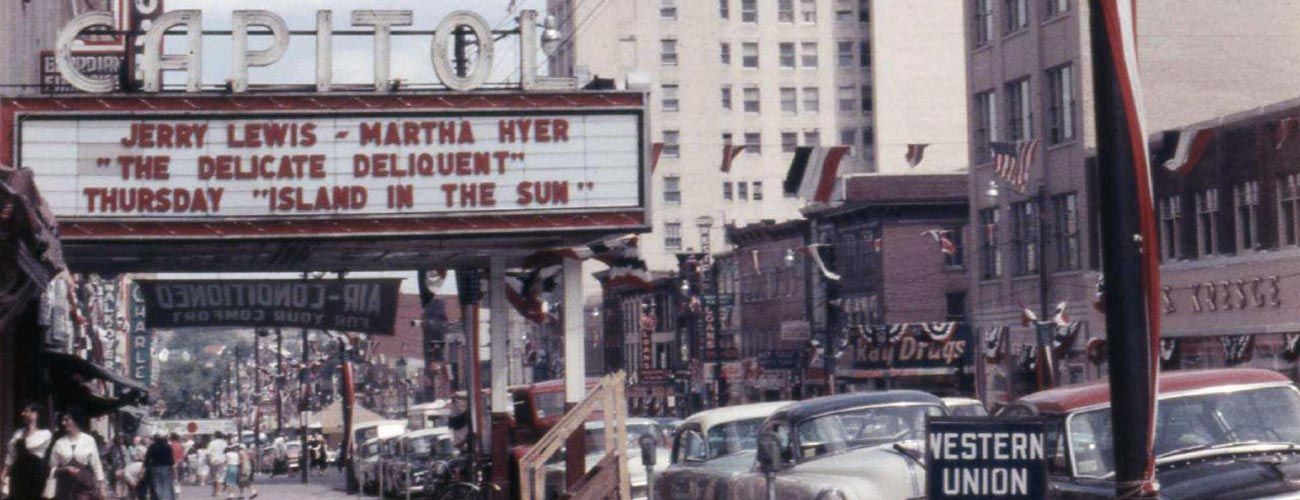
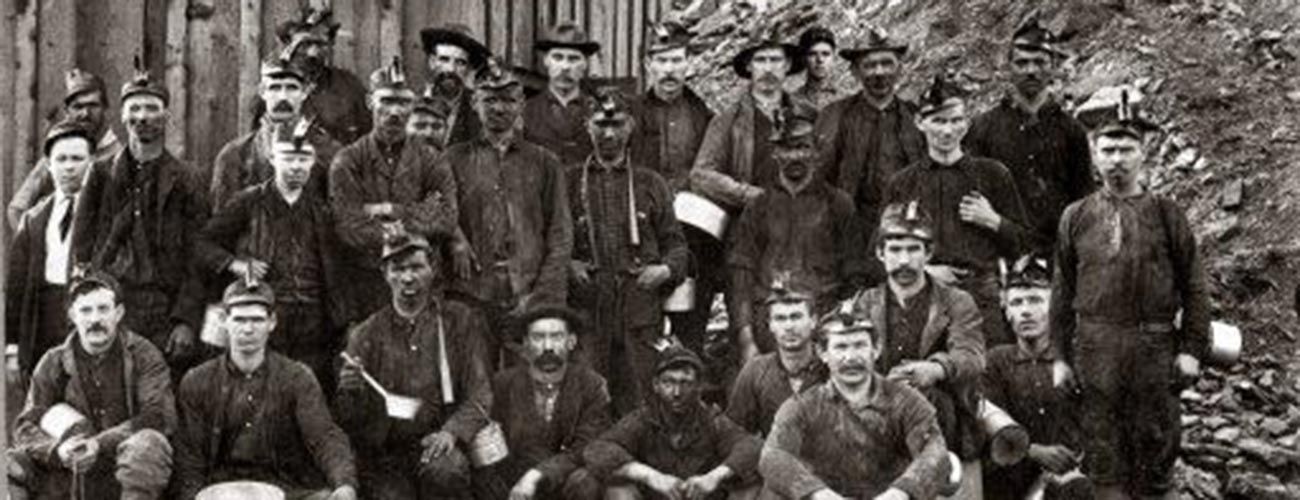
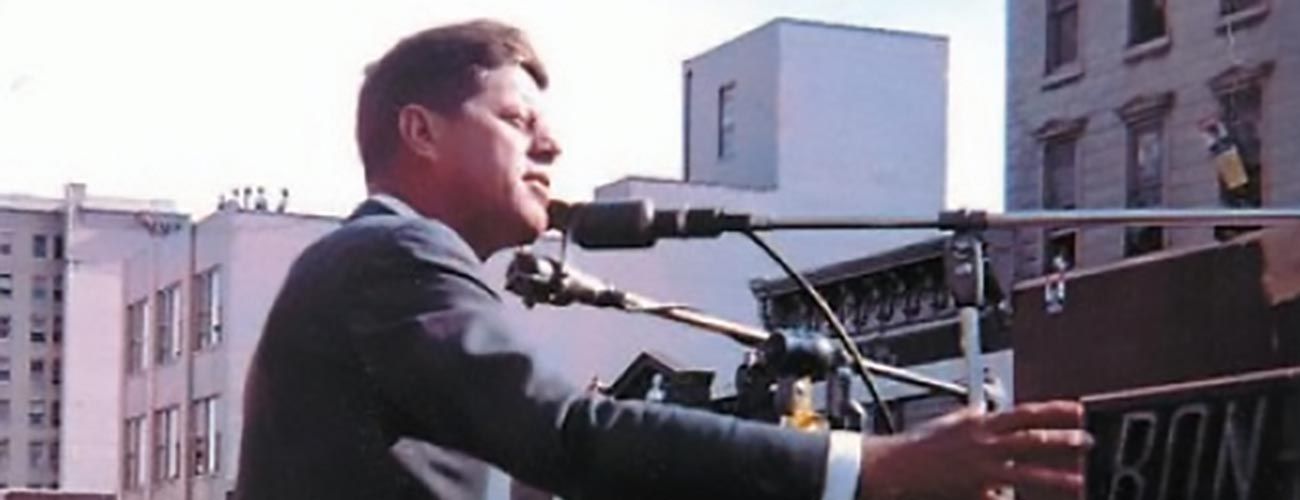
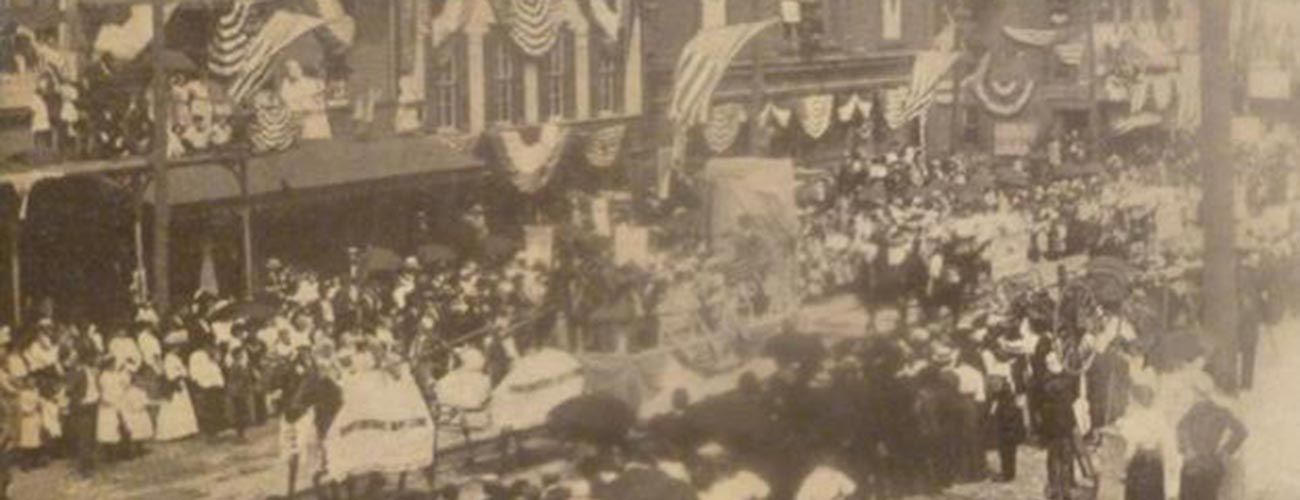
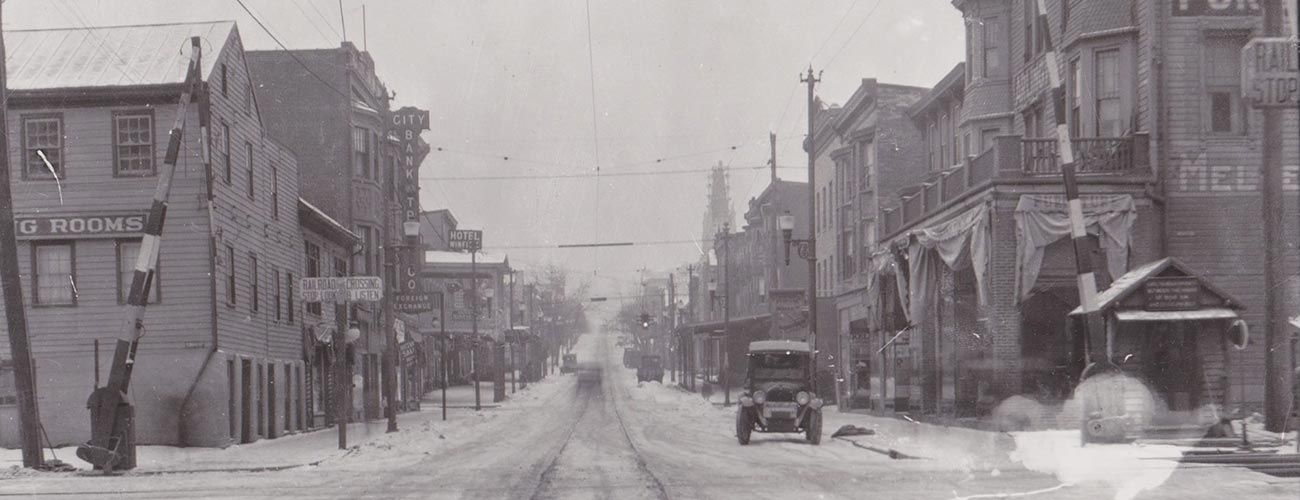

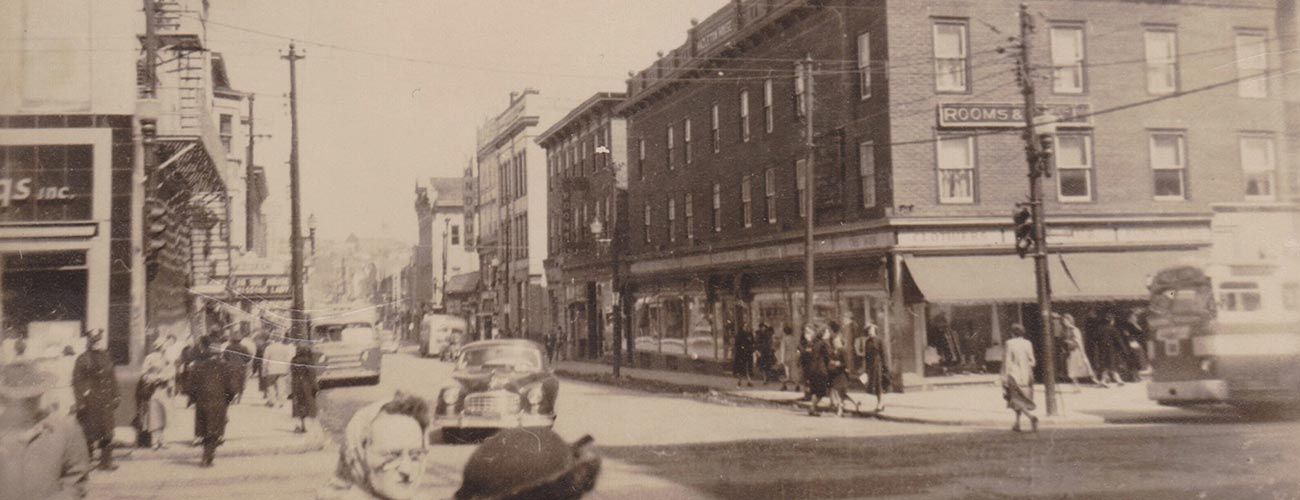

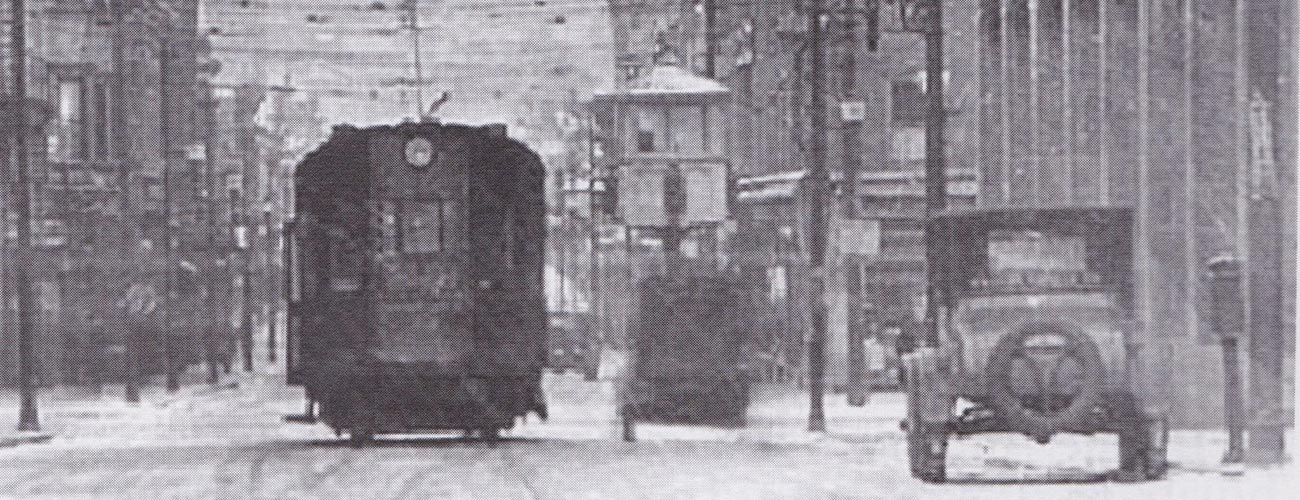
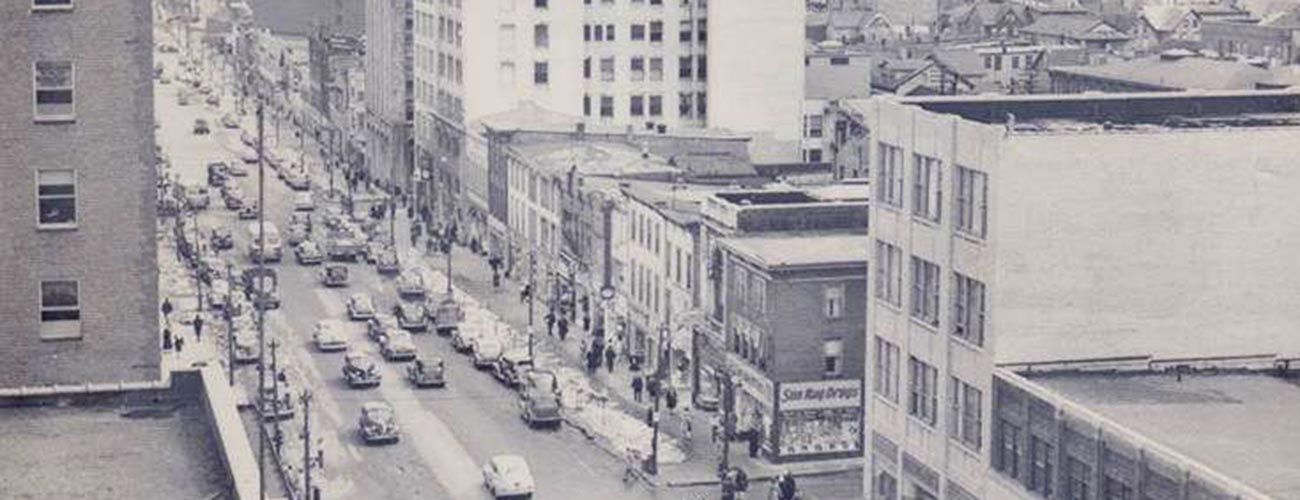
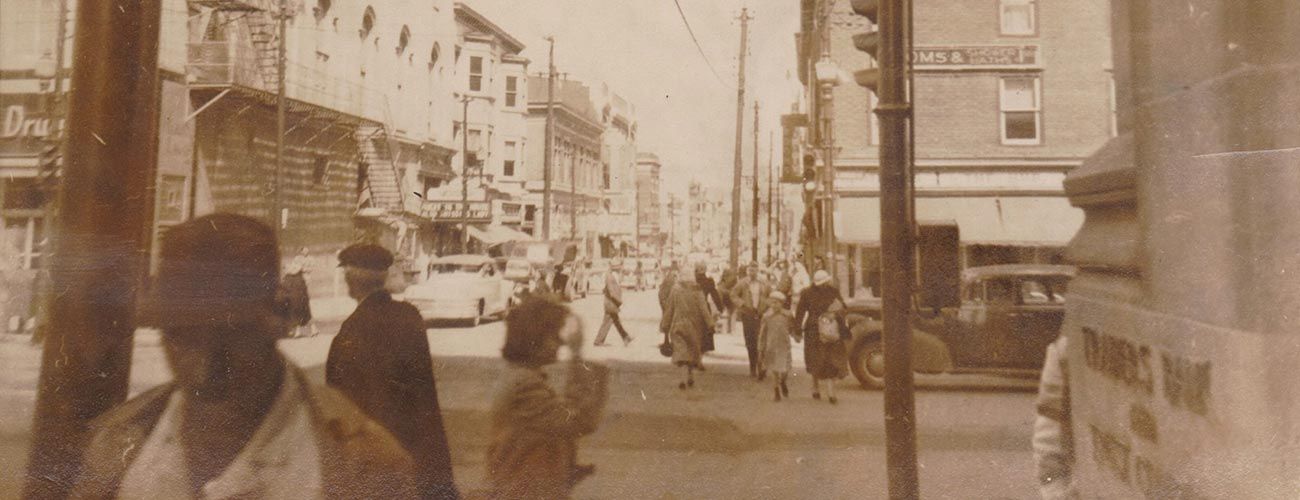



 570-450-2013
570-450-2013

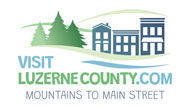
 8 West Broad Street, Mezzanine Suite 1490, Hazleton, PA 18201
8 West Broad Street, Mezzanine Suite 1490, Hazleton, PA 18201